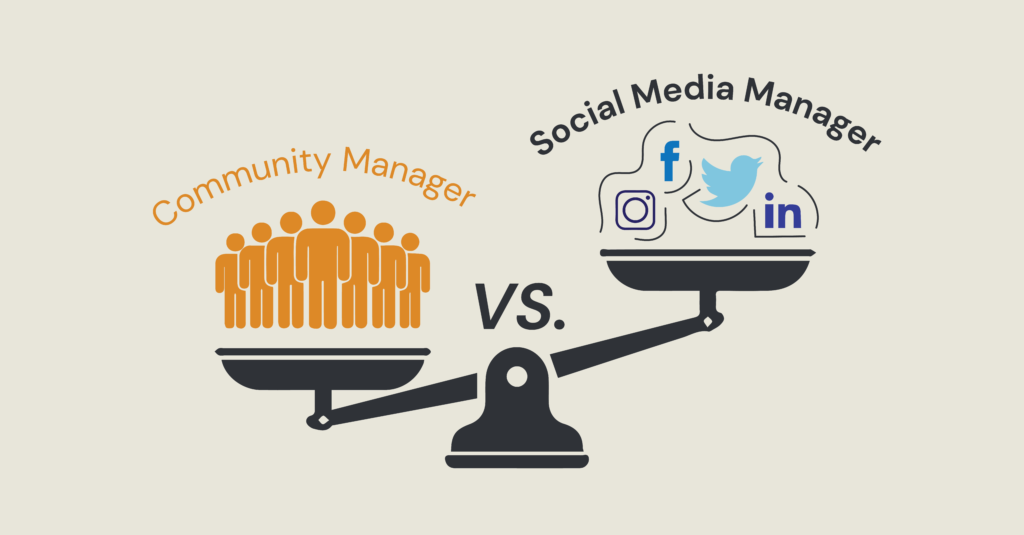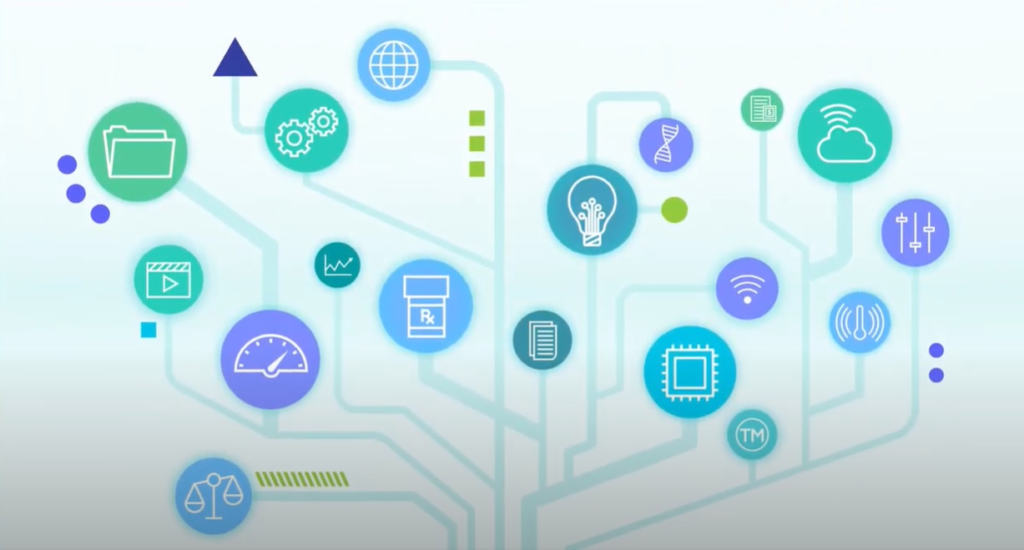Community management is a key skill for any business that wants to engage meaningfully with its audience. It requires a deep understanding of the needs and wants of your community members, as well as the ability to create content and campaigns that will resonate with them. It can be a challenge to get started in community management, but with the right tools and techniques, you can become a master of the craft. In this guide, we’ll break down the key steps to becoming an effective community manager with How to Manage Communities
Establishing Guidelines and Goals

When it comes to successfully managing a community, it all begins with establishing clear guidelines and goals. Setting expectations for the type of content you wish to foster and the behavior you expect from members provides a foundational structure. This helps your members know what is expected of them and makes it easier for you to quickly identify any posts or threads that are going off-topic or sensitive areas.
Additionally, consider which goals you want to achieve in the short term and long term within your community. Do you want to increase user engagement, create a sense of belonging, gather user feedback, or serve as a customer support platform? Whatever your goal may be, make sure it’s well-defined and communicated throughout the community.
Finally, reviewing these guidelines and goals regularly will help ensure that the overall purpose of your community is continuously upheld. By setting boundaries for acceptable activity early on in the process, you can easily monitor users’ contributions and ensure that everyone within your online space is following proper etiquette.
Setting Communication Protocols
Every successful community needs to have reliable communication protocols in place. As a manager, it’s important that you consider various methods of communication and the roles of each member.
For example:
- Establish clear guidelines for conversations by creating a dedicated channel for topics that are related to the community’s goals.
- Set expectations for responding to questions and issues promptly, to ensure that members feel valued and heard.
- Make sure every team member has a dedicated communication platform, in order to prevent any misunderstandings or miscommunications.
- Have an open forum where members can voice their ideas and concerns so that they feel comfortable sharing their thoughts.
- Develop an effective system of feedback, so that everyone can provide constructive criticism without feeling attacked or disrespected.
By setting up these protocols, you’ll create an environment where everyone is on the same page and can communicate effectively with each other. This kind of system will not only help your team be productive but also foster positive relationships among members.
Facilitating Open Dialogs

When managing a community, facilitating open dialogs and conversations is key. This means creating an environment where questions can be asked, ideas can be shared, and everyone feels comfortable speaking up.
There are a few key things to consider when trying to create an open dialog in your community:
Encourage Participation
Make sure new members feel welcome and invite others to join the conversation. Ask questions that spark discussion and encourage people to share their thoughts and experiences. People should feel safe and accepted, without fear of judgment.
Set Expectations
It is important to set clear expectations around behavior and communication standards. Let the community know what behavior will be tolerated, such as using respectful language, staying on topic, or staying away from politics and religion.
Have Fun!
Having fun activities in your community helps keep things lighthearted while also connecting members with different backgrounds around shared interests. Games are great for this purpose!
Creating Engaging Content

Content is key when it comes to fostering productive and engaged communities, so creating content that resonates with your members should be a priority. Here are some tips to get you started on creating valuable content for your community:
Focus on Quality over Quantity
Creating high-quality content is essential when it comes to engaging your members. Each piece of content should be thoughtfully crafted and provide real value. Quality content encourages engagement, rather than just filling up space.
Incorporate Visuals
Visuals make content more engaging, memorable, and shareable. Add photos or videos related to the topic you’re discussing for a more interesting post—it will draw in more people and keep them engaged for longer.
Keep Content Current
You want to give your members information that’s relevant and up-to-date, as well as anticipate their questions and provide answers before they even ask. Doing this helps foster trust in your community—people will come to you with their issues knowing they can rely on you for an effective response.
Monitoring & Evaluating Performance
It’s important to continuously monitor and evaluate your community’s performance to ensure that it is running smoothly. This involves keeping track of metrics such as engagement, growth rate and member satisfaction. Monitoring performance provides valuable insights into what works, what needs to be tweaked, and what goals you should focus on next.
Here are a few tips to help you stay on top of your community’s performance:
- Set S.M.A.R.T (Specific, Measurable, Achievable, Relevant and Time-based) goals that can easily be tracked and evaluated over time.
- Measure the impact of your initiatives using tools like surveys or polls to get feedback from members on how they feel about their experience in the community.
- Analyze your data regularly so you can identify any areas for improvement and optimize your strategies accordingly
- Stay informed about industry trends and look for ways to implement best practices into your strategies
By monitoring and evaluating your community’s performance regularly, you’ll be better equipped to make informed decisions about how to move forward in order to achieve success in managing your community effectively!
Rewarding & Encouraging Participation

Rewarding and encouraging your community members for their participation is an essential step in keeping them engaged. To do this effectively, it’s important to understand what motivates them: some members may be looking for recognition, while others might want exclusive access or content.
Whatever the motivation, there are several ways to reward & encourage your community members:
Publicly Recognize Participation
A powerful way to show appreciation is to publicly recognize your users’ efforts – whether it’s congratulating them on a major milestone or simply saying “thank you” for their contribution. This can be done through posts or comments on social media, in email newsletters, or with special badges and awards within the community.
Offer Exclusive Content & Products
Exclusive content and products can be a great incentive for members who are looking for something unique. From early access to new releases or insider knowledge about upcoming products, offering exclusive rewards will help keep engaged users coming back for more.
Give Out Discounts & Freebies
Everyone loves discounts and freebies! Offering attractive deals like discounts on products or services (for long-term members) can be a great way to reward those who have been part of the community for a long time. You could also set up giveaways and competitions for members to compete against one another – a sure-fire way to increase engagement!
Conclusion
Manage community successfully requires a thoughtful, step-by-step approach. First, define your community goals and establish what makes a meaningful connection between you and the members. Then, build a clear framework to facilitate engagement and interaction, and provide clear communication guidelines to ensure there is a sense of belonging. Finally, be mindful of the tools and resources available to you in order to measure success, and use them to adapt and refine your approach as needed.
With the right tools, knowledge and implementation of a solid framework, you can effectively manage any community and create meaningful connections with its members. Doing so will help foster and maintain a vibrant, engaged and successful community that serves its purpose and meets your goals.

